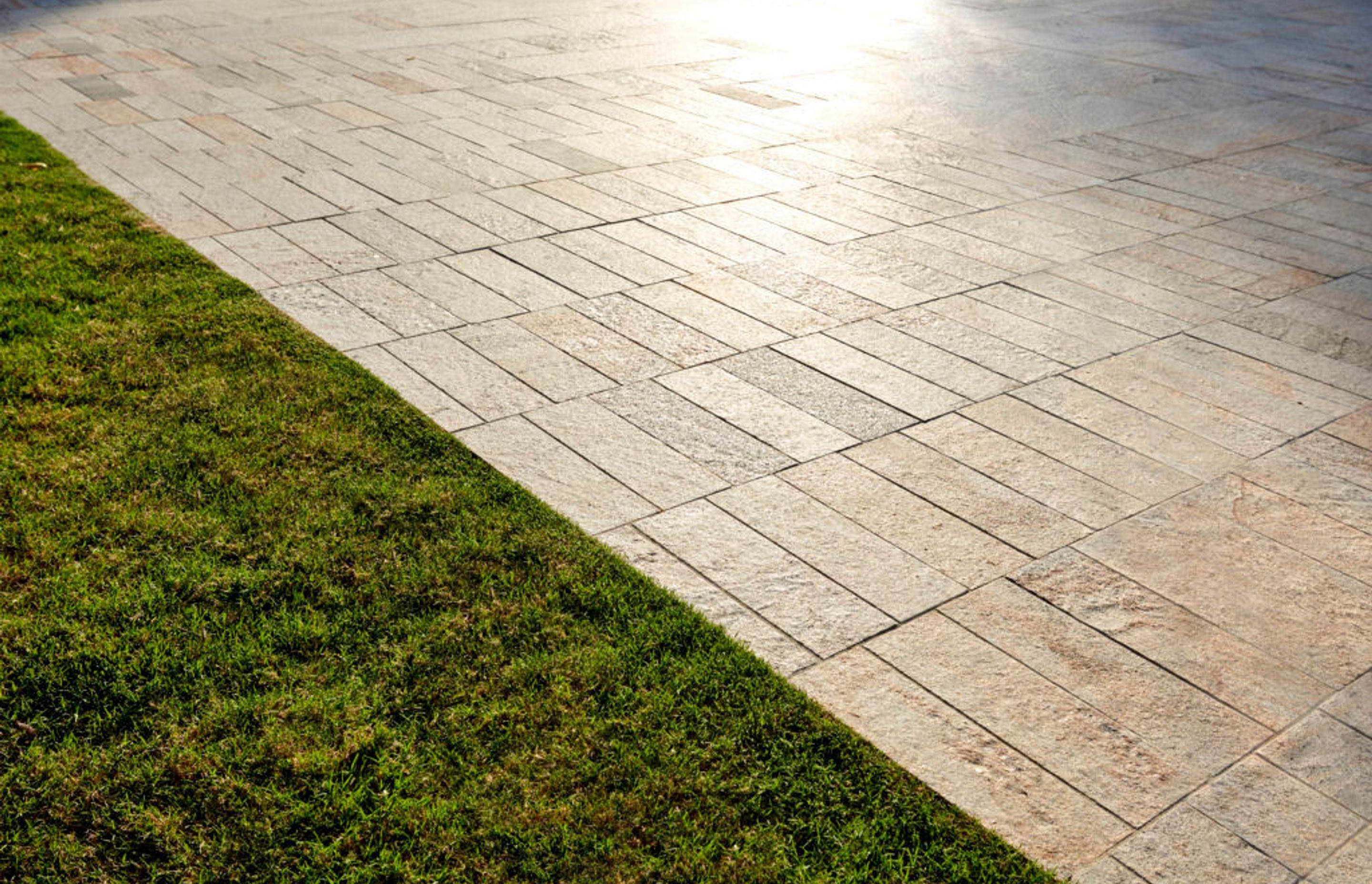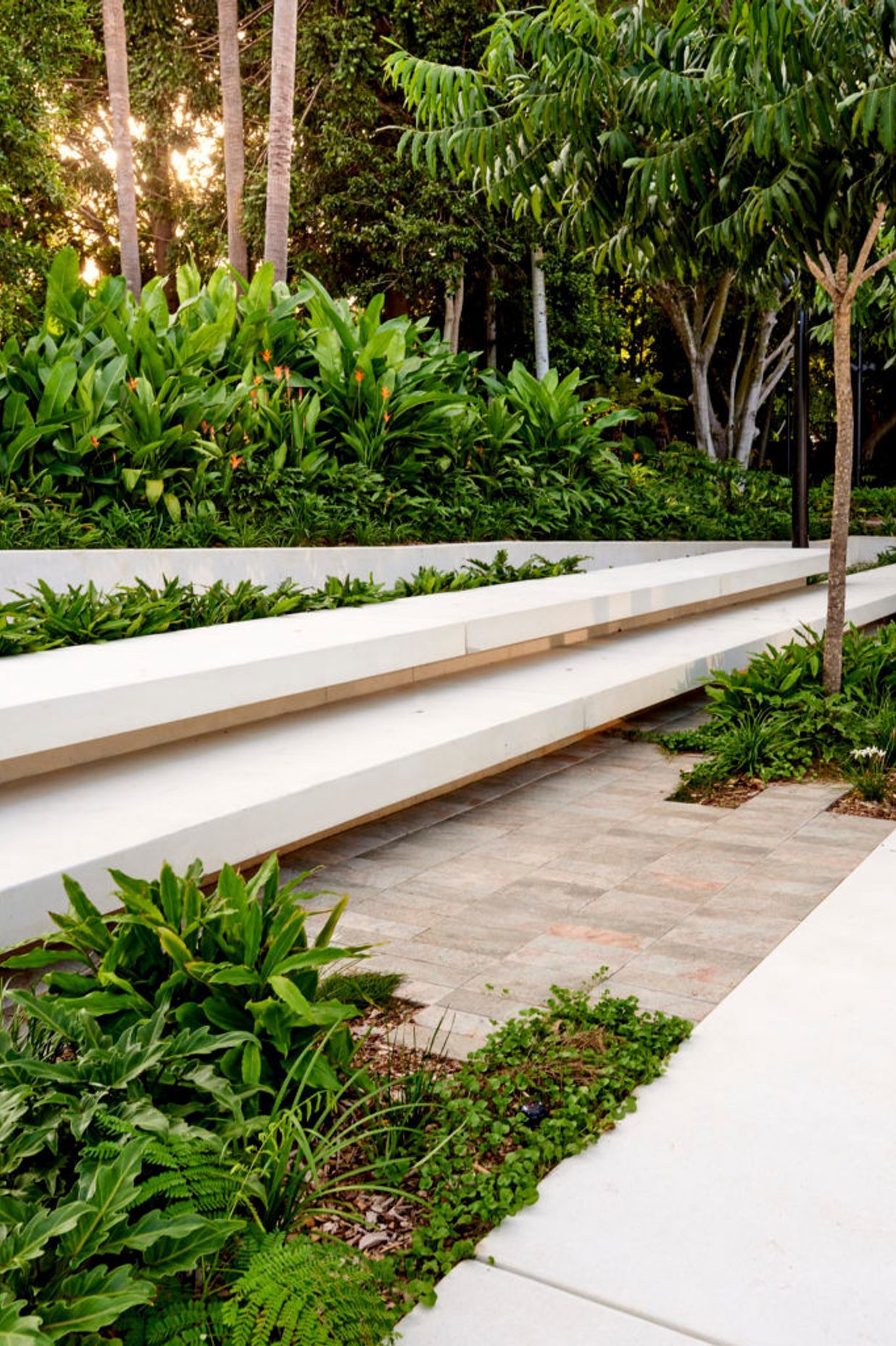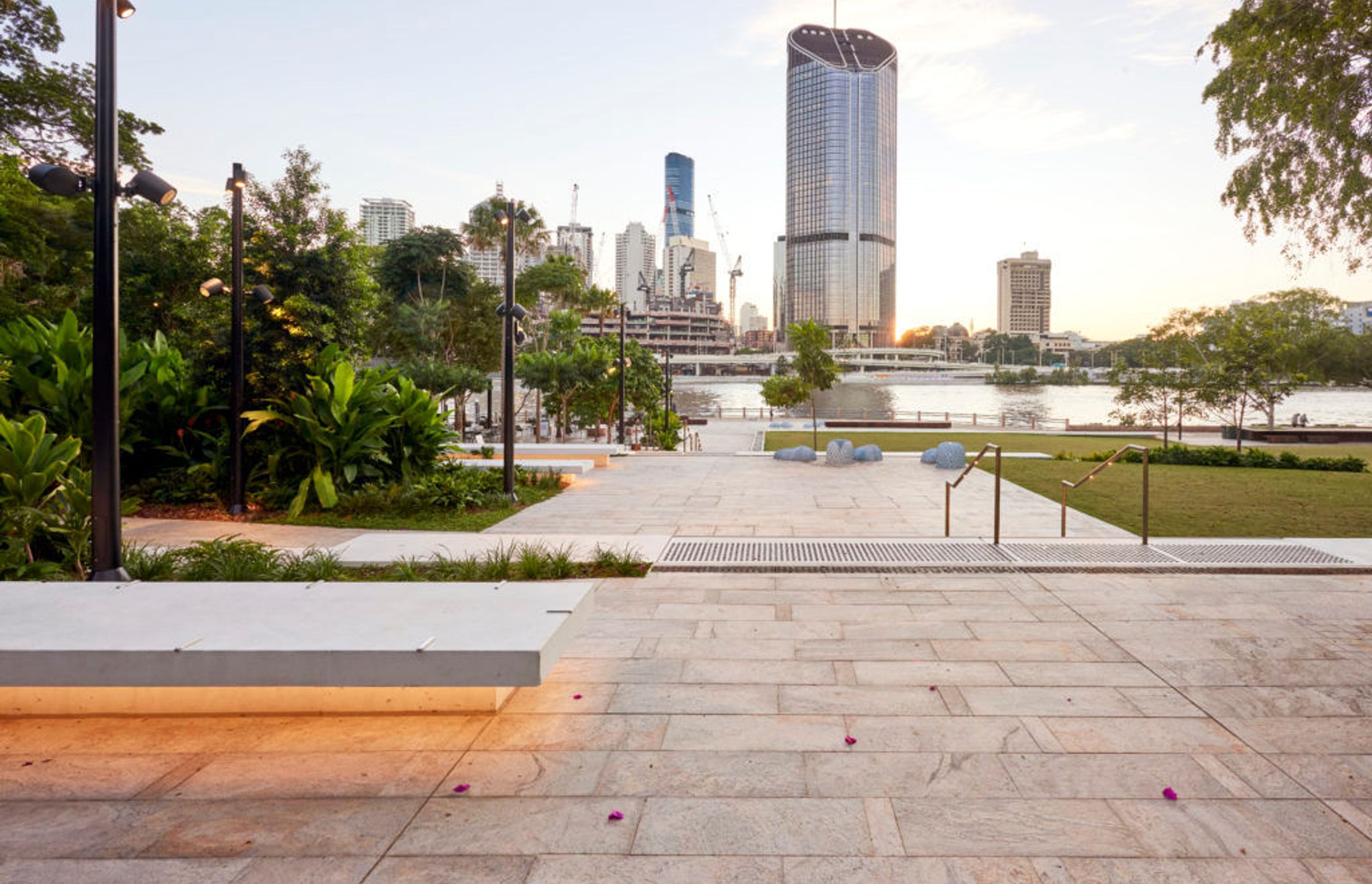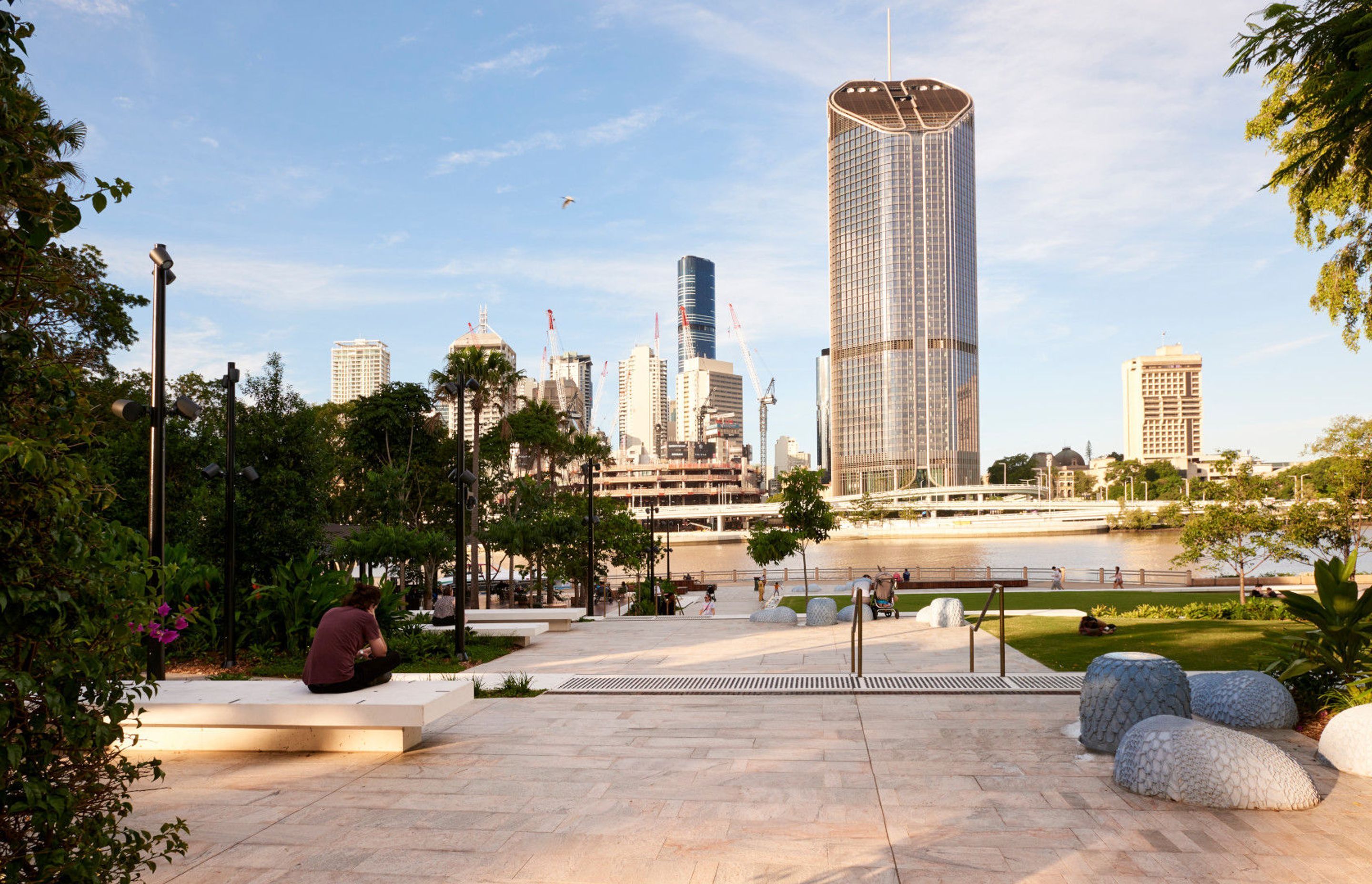South Bank

Designed by Hassell Architects for South Bank Corporation, the revitalisation of the South Bank Parklands – which had previously encompassed a precinct of restaurants that were destroyed in the 2011 floods – was an opportunity to bring back the generous civic space for a new generation of Brisbane locals and visitors.
The brief was all about creating a destination that built upon the legacy of South Bank as a thriving place for the people of the city. Its design followed a regenerative ethos that saw the project develop organically, subtly referencing its surroundings without taking over visually or physically from the beauty of its geographical location.

Wanting to sympathetically connect to the beauty of the Parklands, Daniel Kallis, Hassell’s Senior Associate, established a significant connection to place, focusing his efforts on extending the existing rainforest by 650-square-metres and planting an extra 55 mature trees to boost the urban tree canopy.
“The active spaces to the south and the passive spaces to the north gave us room to breathe in the centre,” says Kallis. “We wanted to explore a series of spaces that talk to our subtropical climate.”

The southern section is marked by an expansive waterfront lawn, leading to the active playground and public beach beyond. To its side, a copper lidded pavilion designed to patina with age and lit from within by two large skylights, acts as a shady reprieve from the elements and offers moveable furniture for a flexible visitor-led floorplan. Further down, the rainforest grotto is a sunken retreat that is , centred around a raised pond and immersed in nature, shaded by 80 hanging plants that change with the seasons. The stairway and surrounding circulation paths depart from the traditional civic palette of grey and are brought to life with UrbanStone Australian Granite pavers in Juparana and Coffee – a warm and textured foundation that speaks to the vibrancy of the natural surroundings.

A series of sculptures and a water rill edge the pathway between the lawn and the deck, where Indigenous artist Elisa Jane Carmichael, a Ngugi woman from Quandamooka Country, has celebrated the significance of water to First Nations people with her installation Water is Life.
The Parklands have long been “Brisbane’s backyard” according to Kallis, and its latest reimagining will cement its position as the preferred destination for the precinct’s near 14 million annual visitors. Fitting then, is the inscription that sits carved into the grotto’s seating ledge, written by an early convict observer who referred to the history of the place with an ode that reads ‘A tangled mass of trees, vines, flowering creepers, staghorns, towering palms, giant ferns and…beautiful, rare orchids.’ While not all of his observations hold true today, the lush reimagining of the Parklands certainly lends itself to the wild, unbridled beauty of a time past, with a gentle foot in the future.

